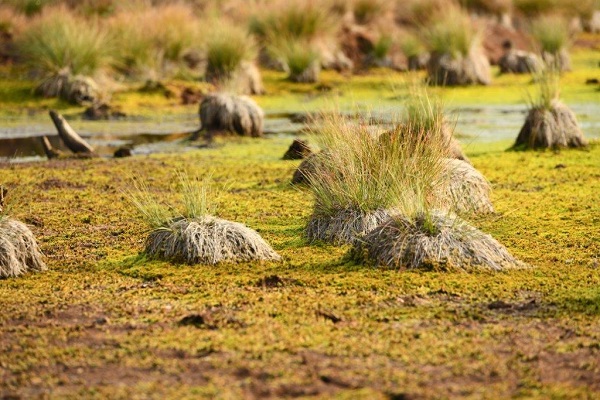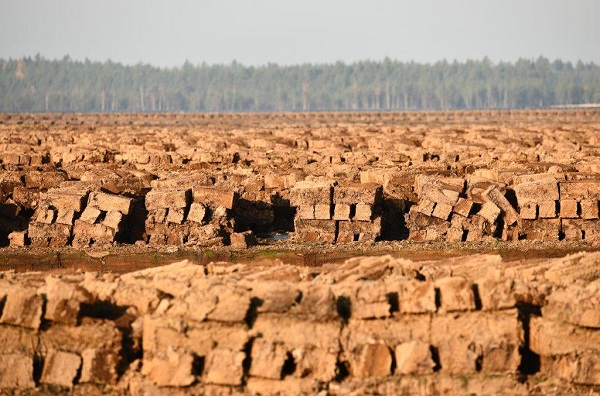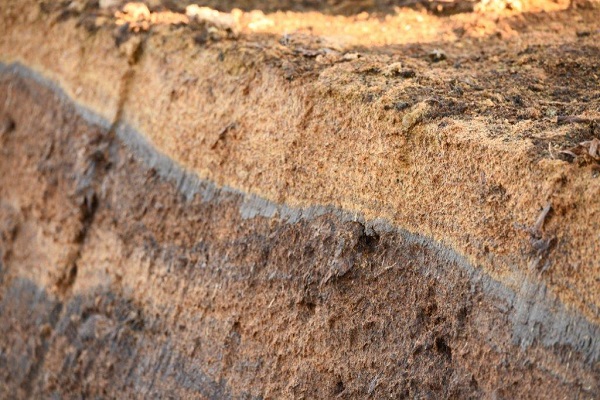Bog - a Surprisingly Rich Environment
JSC “Latvia’s State Forests” (LVM) manages more than 6 000 bogs that are in its territory. A large part of them is situated in specially protected nature territories, where different species of plants, birds and animals have found their homes.
Bog is an important part of the ecosystem that is of key significance for the national economy of Latvia. Peat is acquired in a part of the bog territories, and it is a raw material used for the production of peat substrates. Peat mining and production companies work mostly in the regions of Latvia, thus providing people with employment in the outermost parts of the country. Currently, LVM has leased 54 peat bogs for the extraction of peat, totalling 17 107 hectares.
Opinions are divided as to whether peat is a renewable resource, or not. Peat is an organic rock formed in conditions of high humidity and oxygen insufficiency as a result of decomposition of bog plants. It could be said that peat is a natural resource that is recovering slowly; however, once the extraction process is completed, the bog will not recover to its original state during a person's lifetime.
Most of Latvia's bogs have formed about 4.5 thousand years ago. The reasons for the formation of bogs are different - mainly through overgrowing of water bodies and bogging of the land. Depending on the conditions of the formation of peat, bog soil is divided into three groups: the low or the grass bog, the transition bog and the raised (high) bog.
In the event of overgrowing of a lake, a mixture of aquatic plant and aquatic animal remnants with clay or sand, called sapropel, accumulates on its bed. Slowly, the lake's waterfront plants overgrow the surface of the open water, the lakeshore is increasingly bogging and a low or grass bog is formed, which is the first stage in the development of a bog. It is dominated by various species of wood-sedges, reeds, bogbeans and horsetails. When plants die, mineral-rich layers of peat are accumulated, and grass peat, which is predominantly used for energy, forms.
As the peat layer becomes thicker, the role of precipitation in the feeding of the bog increases. Because of the thicker peat layer, the supply of nutrients is disturbed, and accordingly the nutritional conditions are poorer than in grass bogs and are suitable not only for herbage bog plants, but also for the undemanding moss bog species. In this transitional stage from grass bog to moss bog, transition type bog is formed. They contain plant species specific of both grass bogs and moss bogs. The transitional bog shows the first features of the raised bog - sphagnum.
When peat deposits have accumulated and the peat layer has become so thick that it is no longer possible to feed from groundwaters as the roots of plants can no longer reach the mineral foundation and nutrient-rich groundwaters, the bog has reached the last stage of its development, it has developed into the raised or moss bog. The bog gets nutrients only with atmospheric precipitation and such bogs are dominated by sphangum, which is the main component of moss peat. It contains little minerals and has high acidity. It is also commonly referred to as light peat, which is the most demanded type of peat in the production of peat substrates.
LVM, in managing its bog areas, invests energy and knowledge to develop ever better methods and practices in land resources management and nature conservation, thus ensuring that the use of peat resources in the country is rational, environmentally friendly and sustainable. It must be in balance with the diversity of nature and conservation of the valuable bog resources.





